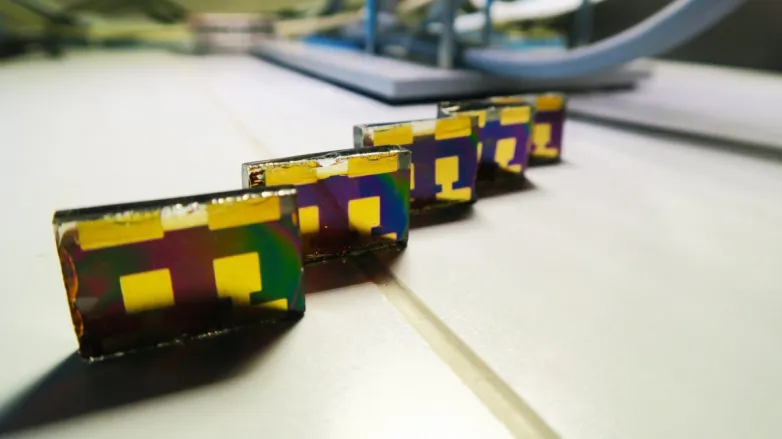Perovkiste solar cells need proteins
Oct 28, 2019 03:18 PM ET
- A U.S. research team has used protein bacteriorhodopsin to improve the efficiency of what it called ‘bioperovskite’ solar cells. The scientists used Förster Resonance Energy Transfer to predict the strength of long-range excitonic transport between the perovskite and protein layers.

The efficiency of the halide perovskite used for solar cell applications can be improved by bacteriorhodopsin (bR), a well-known protein which, thanks to its photosynthetic property, can act as a light-driven proton pump.
According to the paper Bacteriorhodopsin Enhances Efficiency of Perovskite Solar Cells, published in ACS Publications, use of the biological material may lead to the development of more environmentally friendly “bioperovskite solar cells”.
A team of scientists from Penn State University, in the U.S., claim their tests demonstrated the bR protein raised the efficiency of a similar perovskite cell from around 14.5% to 17%. “Previous studies have achieved 8% or 9% efficiency by mixing certain proteins inside solar cell structures,” said joint author of the study Shashank Priya.
The researchers used Förster Resonance Energy Transfer – a technique for analyzing energy transfer between two light-sensitive molecules – to predict the strength of long-range excitonic transport between the perovskite and bR layers. As both have similar banding gaps, the research team sought to align them. “Mixing the bR protein into perovskite solar cells helped electron-hole pairs better move through the devices, reducing recombination losses and boosting efficiency,” said the paper’s authors. “Titanium dioxide functionalized with the bR protein is shown to accelerate the electron injection from excitons produced in the perovskite layer.”
The research is said to have potential applications for hybrid artificial-biological PV devices.
Also read

